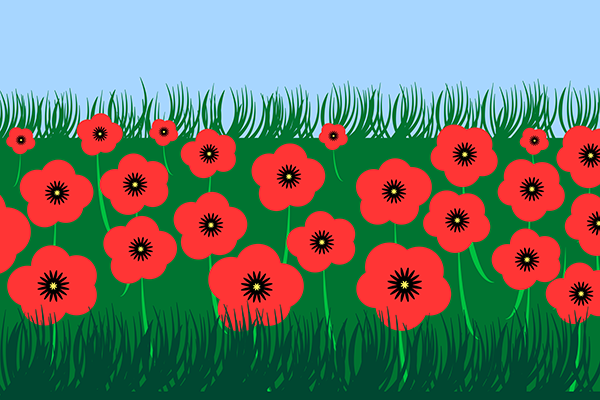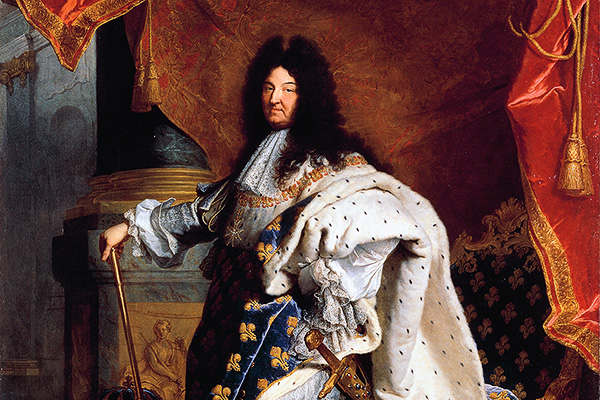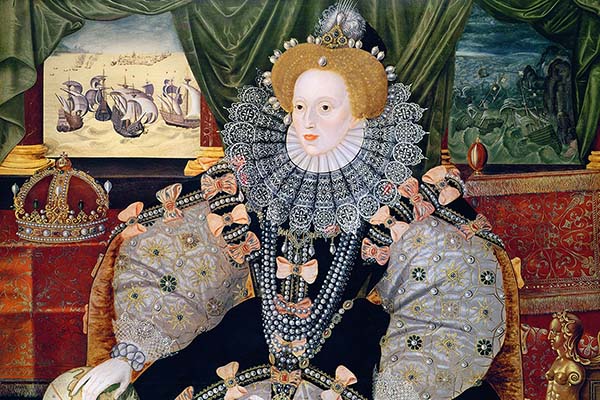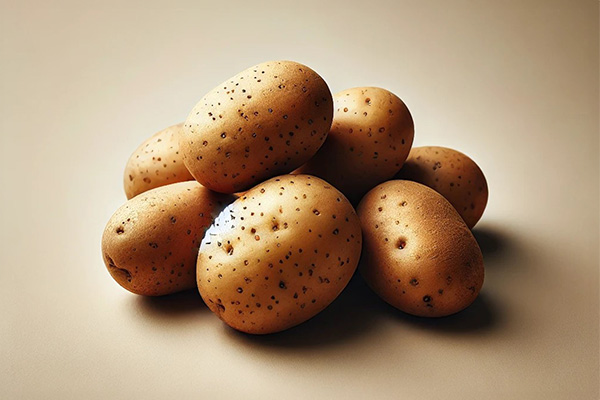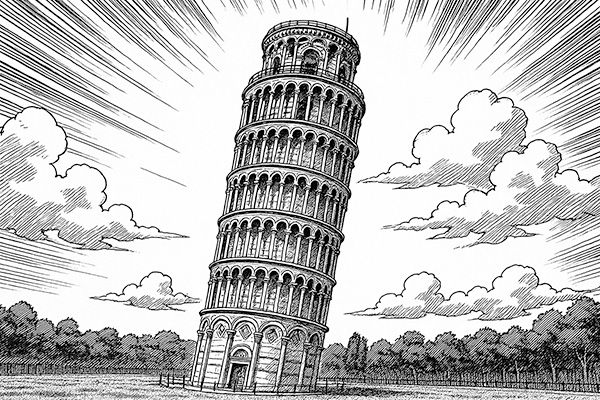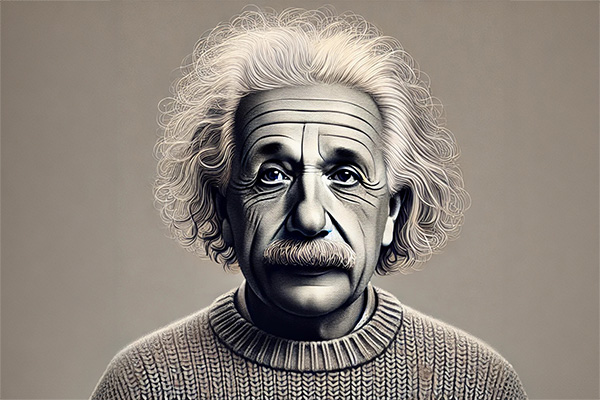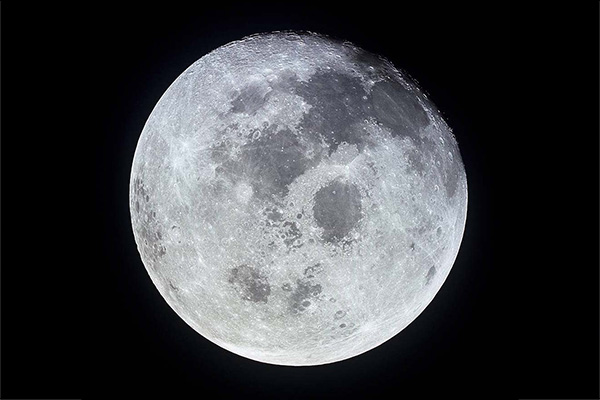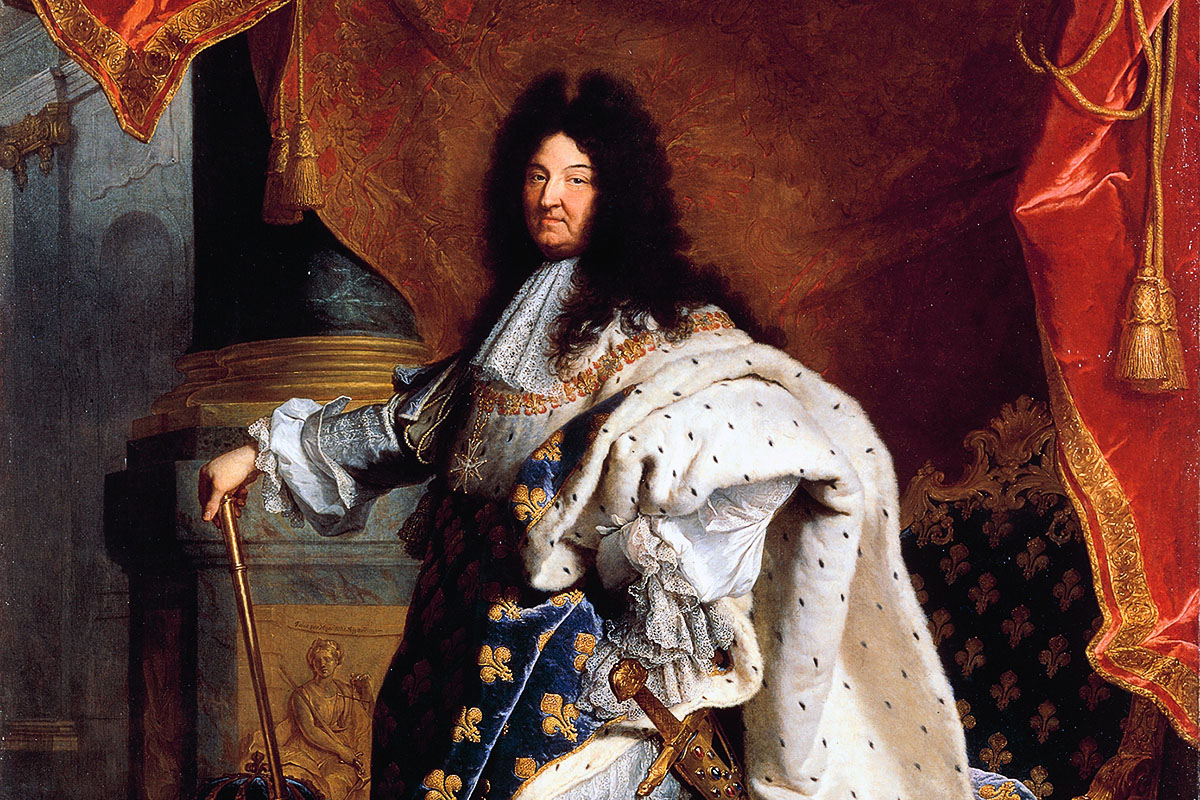
Born on 5th September 1638, Louis XIV became king on 14th May 1643 after the death of his father, Louis XIII. His reign lasted 72 years and 110 days, making him the longest-reigning major European monarch in history, surpassing even Queen Elizabeth II.
Since Louis XIV was only four years old when he inherited the throne, his mother, Anne of Austria, and Cardinal Mazarin governed France as his regents. When Mazarin died in 1661, the 22-year-old Louis XIV took full control, becoming an absolute ruler who famously declared, "L'État, c'est moi" ("I am the state").
France controlled a vast territory in North America, and in 1682, explorer René-Robert Cavelier, Sieur de La Salle, named the land La Louisiane ("Land of Louis") in honor of Louis XIV. The French ruled Louisiana until 1763, briefly regained it in 1800, and later sold it to the United States in the Louisiana Purchase of 1803.
After the death of his first wife, Maria Theresa of Spain, in 1683, Louis XIV entered a secret marriage with Françoise d'Aubigné, Marquise de Maintenon, a woman of lower social status. Though the marriage was never officially announced, it was widely acknowledged at court, and she became one of the most influential women in his later life. They remained married until his death.
Louis XIV surrounded himself with extravagance - he owned over 1,000 wigs, 413 beds, and numerous lavish outfits. His love of food was legendary, and after his death, it was discovered that his stomach was twice the normal size, reflecting his excessive appetite and opulent lifestyle at Versailles.
Louis XIV styled himself as Le Roi Soleil ("The Sun King"), believing that, like the Sun, all of France should revolve around him. His rule symbolized absolute monarchy, and his court at Versailles became a center of power, culture, and influence, showcasing his dominance over France and its nobility.
Louis XIV’s son (Louis, Grand Dauphin), grandson (Louis, Duke of Burgundy), and great-grandson (Louis XV) all carried the name Louis and were next in line to rule. The tradition continued after Louis XV with his grandson Louis XVI, whose reign ended in the French Revolution. His son, Louis XVII, was never officially crowned but was still recognized by royalists. Later, in 1814, the French monarchy was restored under Louis XVIII, keeping the long line of "Louis" kings alive.
Despite myths that he rarely bathed, Louis XIV actually bathed regularly in a large Turkish-style bath. He disinfected his skin with alcohol and spirits, changed clothes (especially underwear!) several times a day, and insisted on having his outfits heavily perfumed to mask any unpleasant odors.
Standing at just 5'4" (1.63m), Louis XIV wore high-heeled shoes and elaborate wigs to enhance his presence. With his towering wigs and heels, he could appear nearly 7 feet tall, reinforcing his commanding image as France’s most powerful ruler.
Louis XIV transformed the Palace of Versailles from a modest hunting lodge into a grand royal residence, where he controlled the nobility by forcing them to compete for his favor. His court became a center of politics, culture, and extravagance, and Versailles remains one of the most iconic symbols of absolute monarchy in European history.

